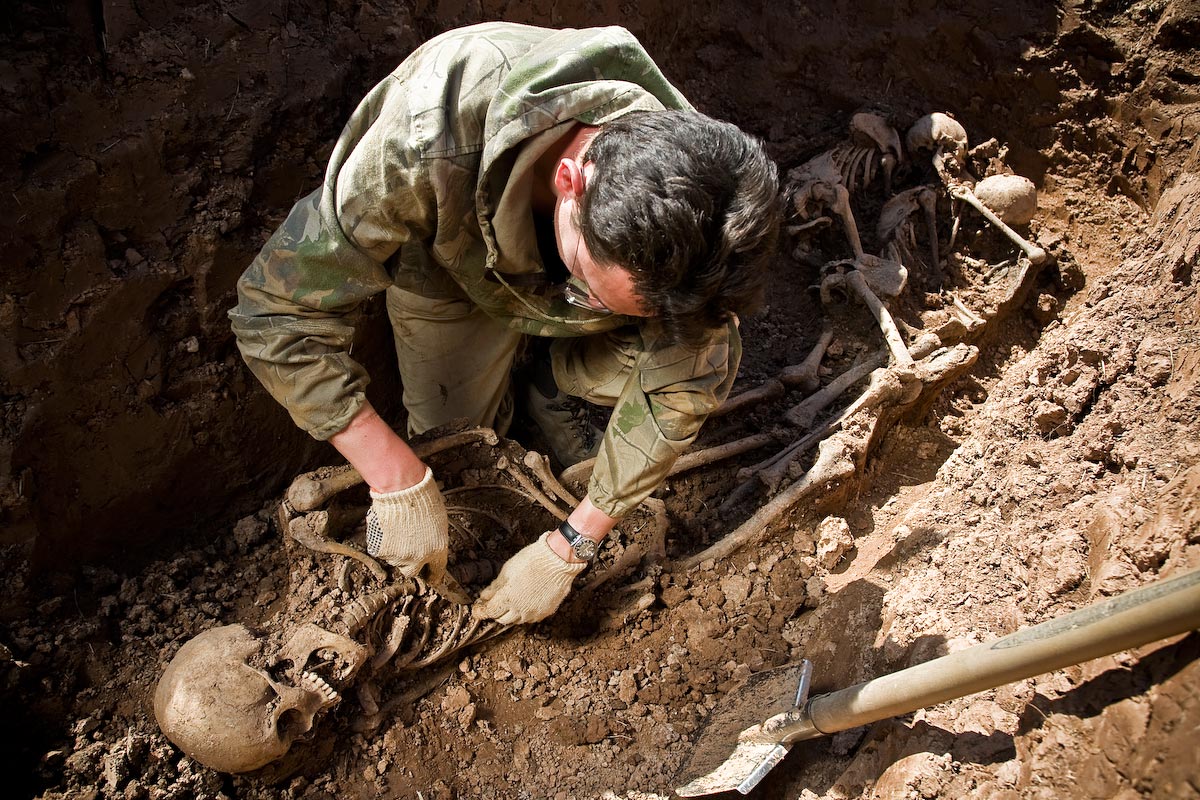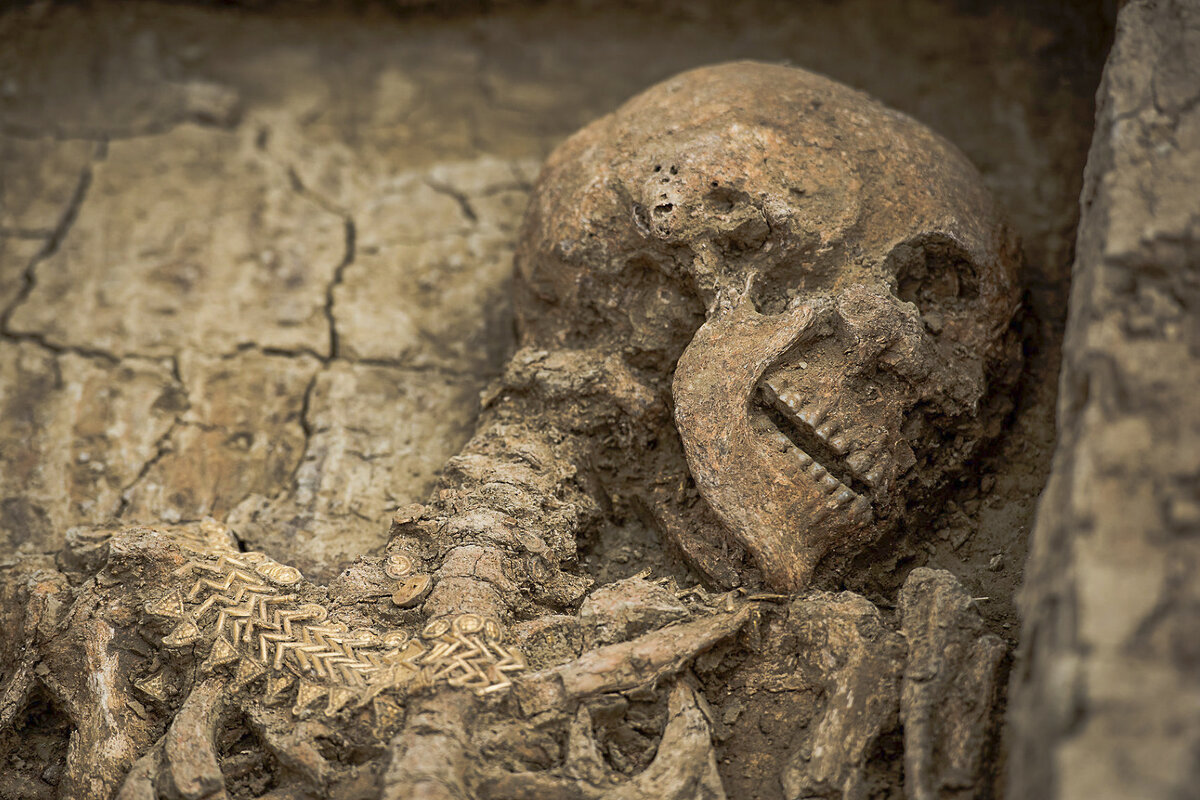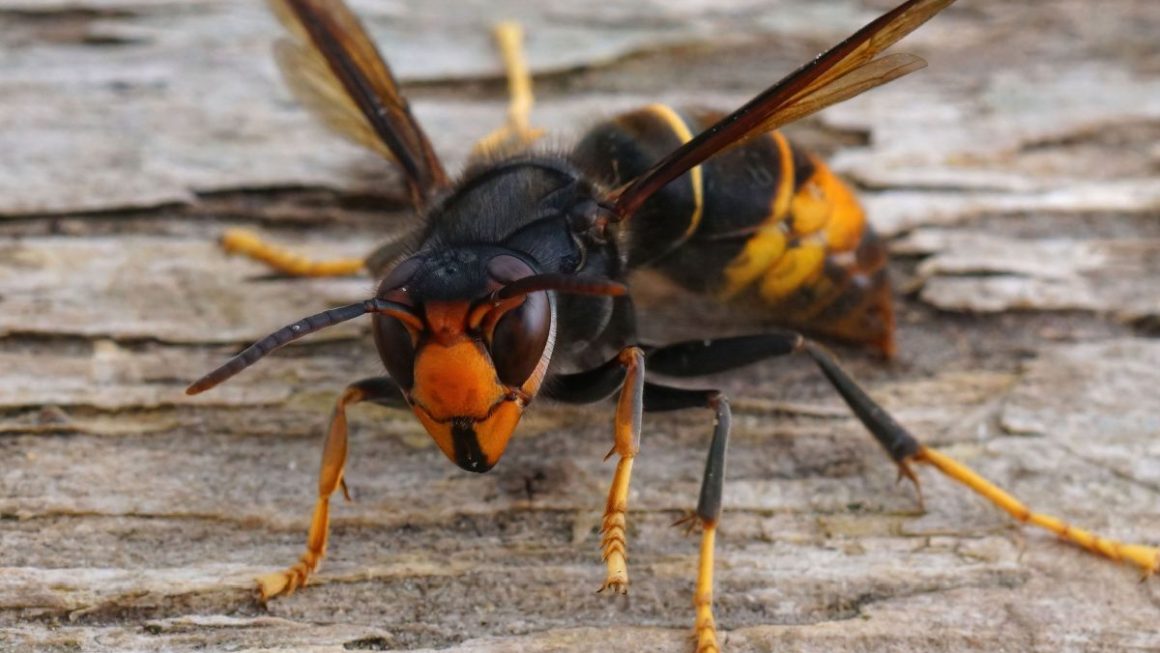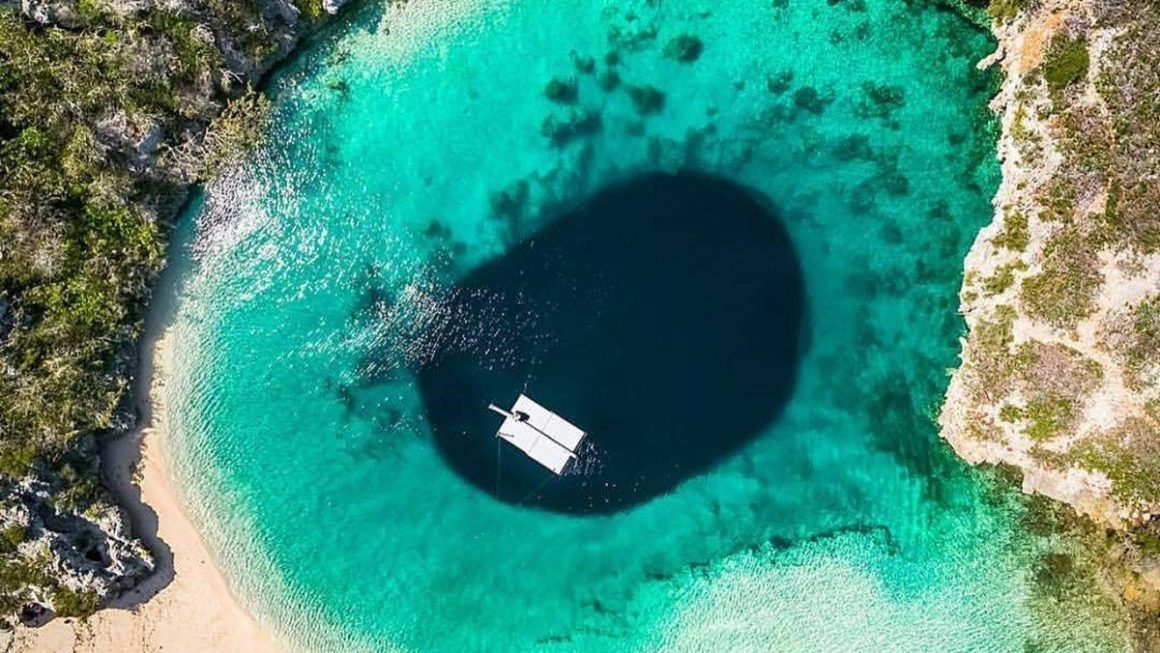A multidisciplinary investigation has revealed a 3rd-century mass grave containing the skeletons of Roman legionaries in Osijek, the ancient city of Mursa, at the height of the 3rd-century crisis of the Roman Empire.
Archaeologists have discovered a mass grave of Roman soldiers hidden inside an ancient well in Croatia.
In 2011, during construction work on a university library, archaeologists discovered a mass grave with seven skeletons in an ancient well in Osijek, Croatia (the Roman city of Mursa). Now, 1,700 years later, in what was once the prosperous Roman city of Mursa, the possible story of these seven Roman soldiers who were unceremoniously thrown into a water well has come to light.
Thanks to a meticulous study published in the journal PLOS ONE, everything points to these being Roman soldiers who fell in the Battle of Mursa in 260 AD, one of the darkest and bloodiest episodes of the so-called Crisis of the Third Century in the era of the Roman Empire.
An unexpected find under the foundations of a university
The ancient Roman well, catalogued as SU 233/234, is about 2 metres in diameter and 3 metres deep. Apart from representing a thousand-year-old relic, what the researchers did not expect to find was a perfectly preserved mass grave with seven complete human skeletons, piled on top of each other in various positions. Some of the bodies were lying face down, others on their sides, but it was clear that all the bodies had been thrown in hastily and without any kind of ritual burial. Who were these men?
Science at the service of the past
The team led by bioarchaeologist Mario Novak, from the Institute of Anthropological Research in Zagreb (Croatia), used a wide range of modern techniques to unravel the identity of the men in the pit. First, radiocarbon dating determined that the bodies were deposited between 240 and 340 AD, coinciding with the most critical period of the Roman Empire: the Crisis of the Third Century. There were no objects around them except for an abandoned coin, minted in 251 under Emperor Hostilian (youngest son of Emperor Trajan), which reinforced the scientists’ dating.
Subsequently, analyses of stable carbon and nitrogen isotopes extracted from the collagen in the ribs of the remains showed that the individuals had eaten a diet rich in cereals such as wheat and millet, with little meat and virtually no fish. This diet is consistent with what is known about Roman military rations, in which their diet consisted mainly of grains such as oats, wheat and barley (consuming about 3,000 calories per day), which already pointed to a common identity: they were soldiers in the army.
Why throw them into the well?
The seven skeletons were all adult males; four of them were young (between 18 and 35 years old according to estimates) and three were middle-aged (between 36 and 50 years old). With an average height of 1.72 metres (above average for the time) and a robust build, their bones showed signs of heavy muscle wear, healed fractures and spinal injuries consistent with years of physical training and an intense military life, as would be expected of a Roman legionary.
But most striking were the perimortem wounds, i.e. those sustained just before death. One of the men, identified as SK 4, had a complete perforation of the sternum, probably caused by a spear or arrow; a broken central incisor and a deep cut to the left humerus, possibly from a spatha, the long sword of Roman horsemen. Another had a stab wound to the right hip, probably received from behind.
‘The multidisciplinary analyses presented from the Mursa mass grave strongly suggest that the individuals studied were Roman soldiers, victims of a catastrophic event that occurred as a result of the “Crisis of the Third Century”, most likely the Battle of Mursa in 260 AD,’ the researchers explain in their study.
In addition, a layer of new bone suggested that all seven individuals probably suffered from a lower respiratory tract infection just before they died. ‘The presence of new periosteal bone formation in that area of the skeleton has been used as evidence of lower respiratory tract disease in the archaeological record,’ the experts noted.

A multicultural army
One of the most fascinating findings of the study was the analysis of ancient DNA in four of the seven individuals. The results revealed great genetic diversity; for example, one of the soldiers had ancestry from the eastern Mediterranean, another from northern Europe, another from the east and another from central Europe. All this information confirms what we already knew from written sources: that the Roman army of the Late Empire recruited soldiers from all corners of the Empire and even beyond, including the Gauls and the Saxons.
The Battle of Mursa
Archaeologists place this discovery in the context of the Battle of Mursa, fought in 260 AD between Emperor Gallienus (who kept the empire alive in its darkest hour) and the usurper Ingenuus, who attempted to seize the throne at a time of great political instability.
According to classical historians, Galienus showed no mercy to the defeated, and many of the soldiers were executed or left unburied. The Osijek pit could be one of those punishment graves. Everything fits, according to the experts.




